Reconstruction Amendments Worksheet
The Reconstruction Amendments Worksheet is designed to provide a comprehensive understanding of the significant changes made to the United States Constitution after the Civil War. This worksheet is ideal for students and history enthusiasts who wish to delve deeper into the historical significance and impact of the Thirteenth, Fourteenth, and Fifteenth Amendments.
Table of Images 👆
- Reconstruction Amendments 13 14 15 Worksheets
- Reconstruction Plans Worksheet
- Civil War and Reconstruction Worksheets
- Reconstruction Review Worksheet
- 13th 14th and 15th Amendments Reconstruction
- Reconstruction After the Civil War Worksheets
- Civil War Research Paper Outline
- Return From Maternity Leave Letter
- Thomas Nast Worse than Slavery
- Blank North America Map Quiz
- Civil War Map Worksheet
- Lincoln First Inauguration
- Critical Thinking Worksheets
More Other Worksheets
Kindergarten Worksheet My RoomSpanish Verb Worksheets
Cooking Vocabulary Worksheet
DNA Code Worksheet
Meiosis Worksheet Answer Key
Art Handouts and Worksheets
7 Elements of Art Worksheets
All Amendment Worksheet
Symmetry Art Worksheets
Daily Meal Planning Worksheet
What were the three Reconstruction Amendments?
The three Reconstruction Amendments were the 13th Amendment, which abolished slavery; the 14th Amendment, which granted citizenship and equal protection under the law to all individuals born or naturalized in the United States; and the 15th Amendment, which prohibited the denial of voting rights based on race, color, or previous condition of servitude.
What is the purpose of the 13th Amendment?
The purpose of the 13th Amendment to the United States Constitution is to abolish slavery and involuntary servitude, except as punishment for a crime. It was ratified in 1865 in the aftermath of the Civil War, marking a significant milestone in the nation's history by formally outlawing the institution of slavery.
What does the 14th Amendment guarantee?
The 14th Amendment guarantees equal protection under the law for all citizens and protects individuals from being deprived of life, liberty, or property without due process. It also grants citizenship to all persons born or naturalized in the United States.
What rights does the 15th Amendment protect?
The 15th Amendment protects the right to vote from being denied or abridged based on race, color, or previous condition of servitude.
When were the Reconstruction Amendments ratified?
The Reconstruction Amendments, including the 13th Amendment (abolishing slavery), 14th Amendment (granting citizenship and equal protection under the law), and 15th Amendment (protecting voting rights regardless of race), were ratified between 1865 and 1870. The 13th Amendment was ratified on December 6, 1865; the 14th Amendment was ratified on July 9, 1868; and the 15th Amendment was ratified on February 3, 1870.
Which amendment abolished slavery?
The Thirteenth Amendment to the United States Constitution abolished slavery and involuntary servitude in 1865.
How did the 14th Amendment address citizenship?
The 14th Amendment, ratified in 1868, addressed citizenship by granting citizenship to all persons born or naturalized in the United States, including former slaves. This amendment overturned the Dred Scott decision and ensured that all individuals, regardless of race or previous status, were recognized as citizens with equal protection under the law.
Why was the 15th Amendment necessary?
The 15th Amendment was necessary to grant African American men the right to vote, ensuring that race would not be a barrier to participating in the democratic process. It aimed to address the racial discrimination and barriers that Black individuals faced when attempting to exercise their constitutionally-guaranteed right to vote, ultimately seeking to promote greater equality and representation in the United States.
How did the Reconstruction Amendments impact the voting rights of African Americans?
The Reconstruction Amendments, specifically the 13th, 14th, and 15th Amendments, aimed to grant civil rights and equality to freed slaves. The 15th Amendment granted African American men the right to vote, marking a significant milestone in expanding their political participation. Despite facing barriers such as discriminatory practices like poll taxes and literacy tests, these amendments played a crucial role in laying the foundation for the fight for voting rights and equality for African Americans.
What were some of the challenges faced in enforcing the rights granted by the Reconstruction Amendments?
Some of the challenges faced in enforcing the rights granted by the Reconstruction Amendments (13th, 14th, and 15th Amendments) included widespread resistance and backlash from Southern states through the implementation of discriminatory laws such as Jim Crow laws, violence and intimidation targeting African Americans and their advocates, as well as inadequate enforcement and protection of these rights by the federal government. Additionally, the Supreme Court's narrow interpretation of these amendments in cases such as Plessy v. Ferguson further hindered their effective enforcement and realization.
Have something to share?
Who is Worksheeto?
At Worksheeto, we are committed to delivering an extensive and varied portfolio of superior quality worksheets, designed to address the educational demands of students, educators, and parents.

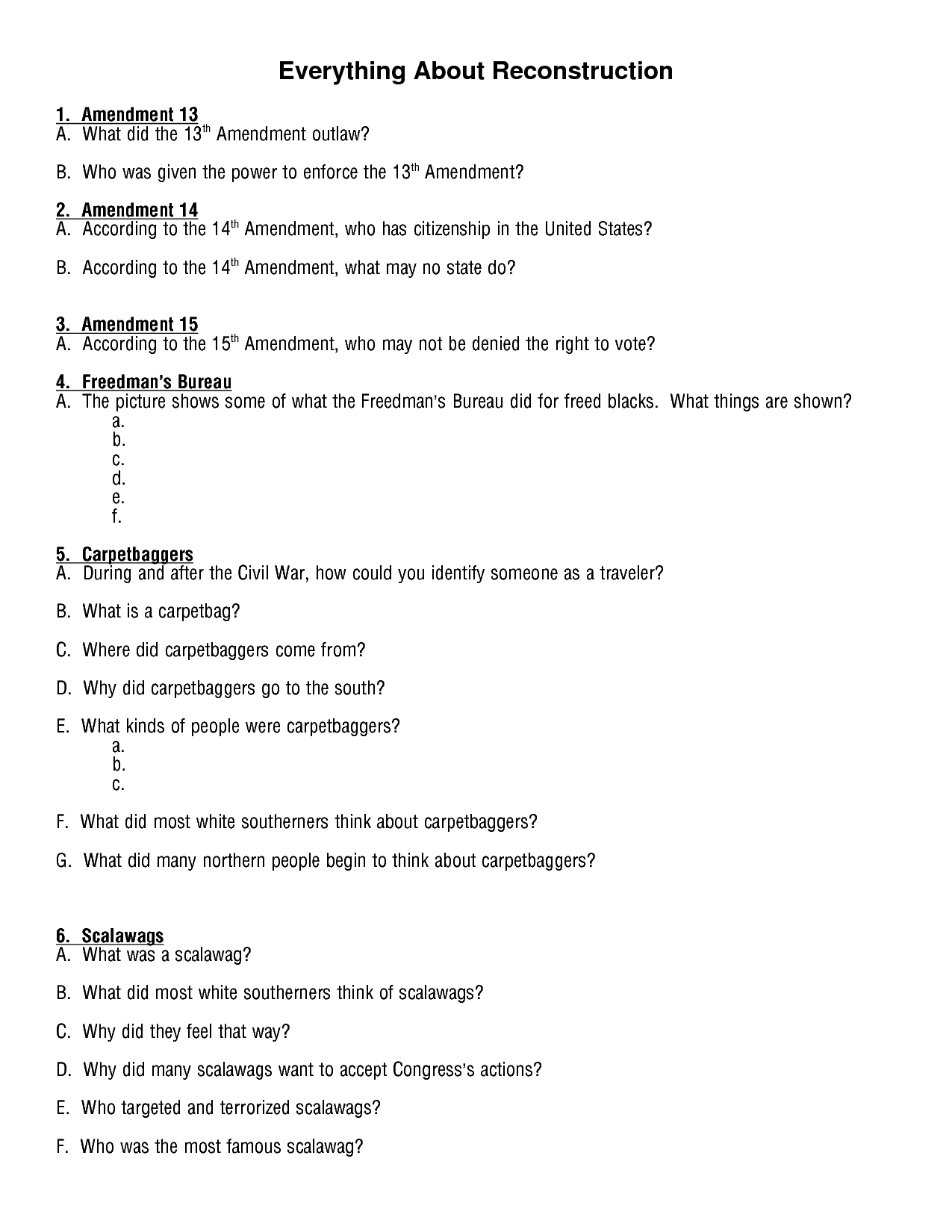



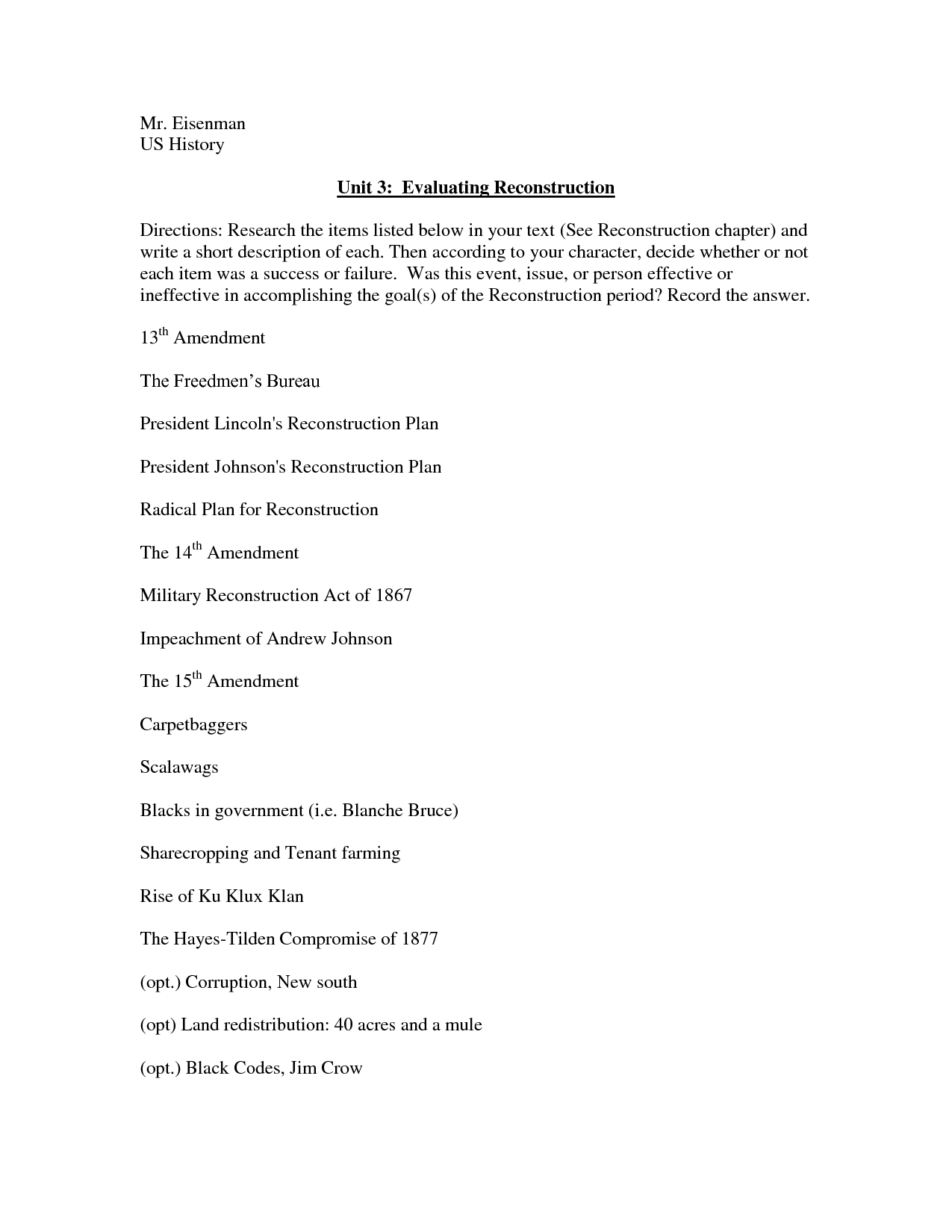
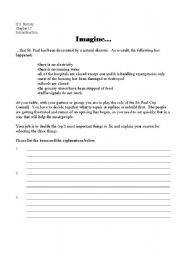
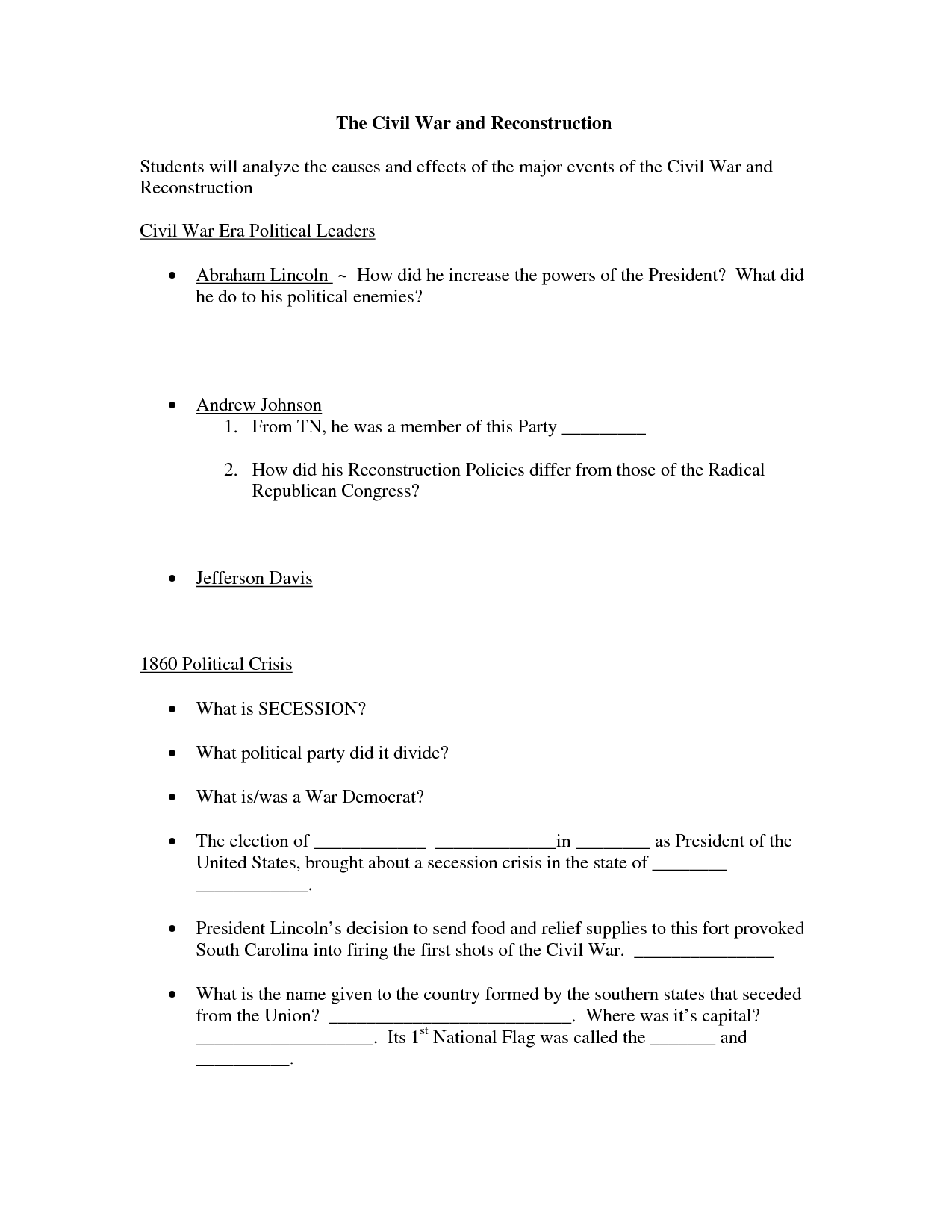
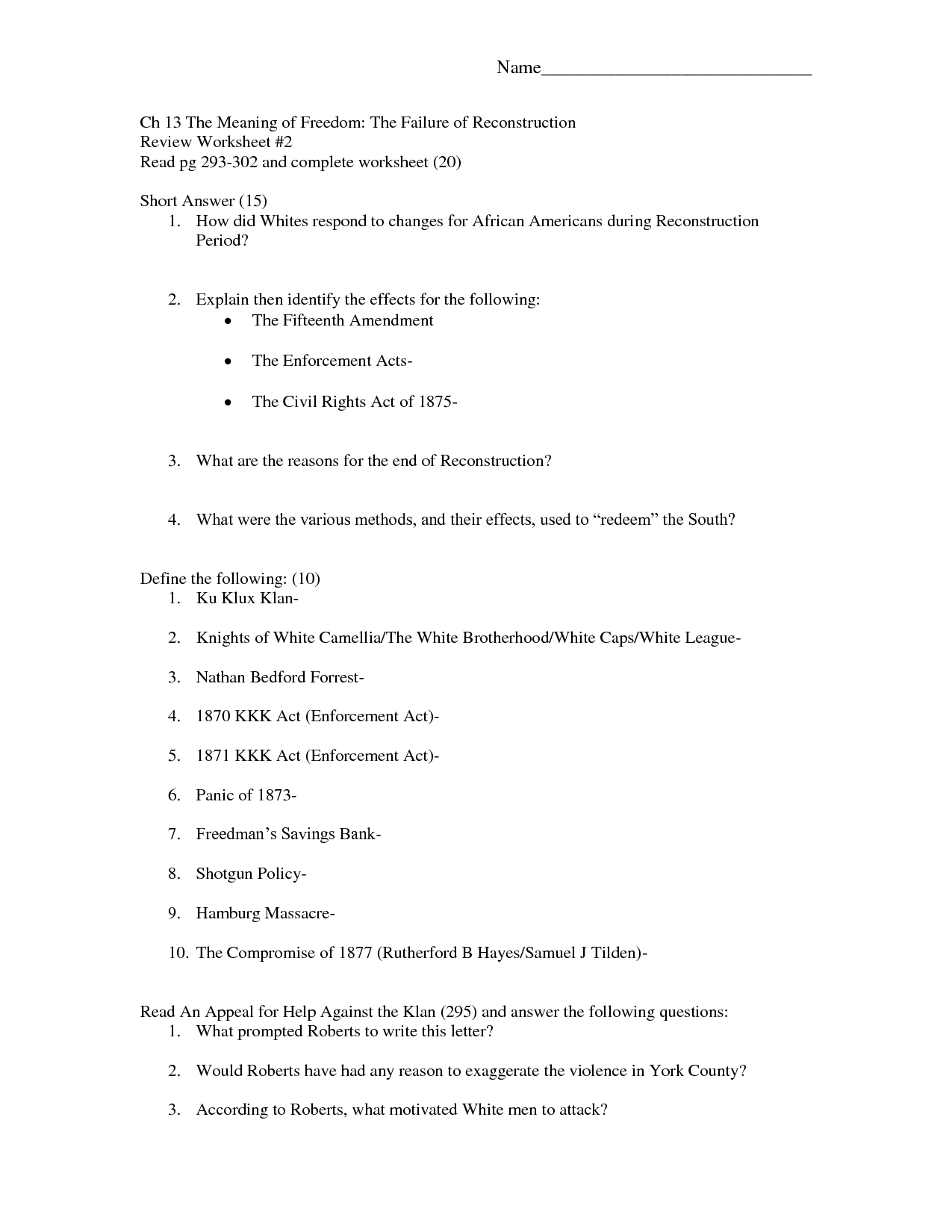
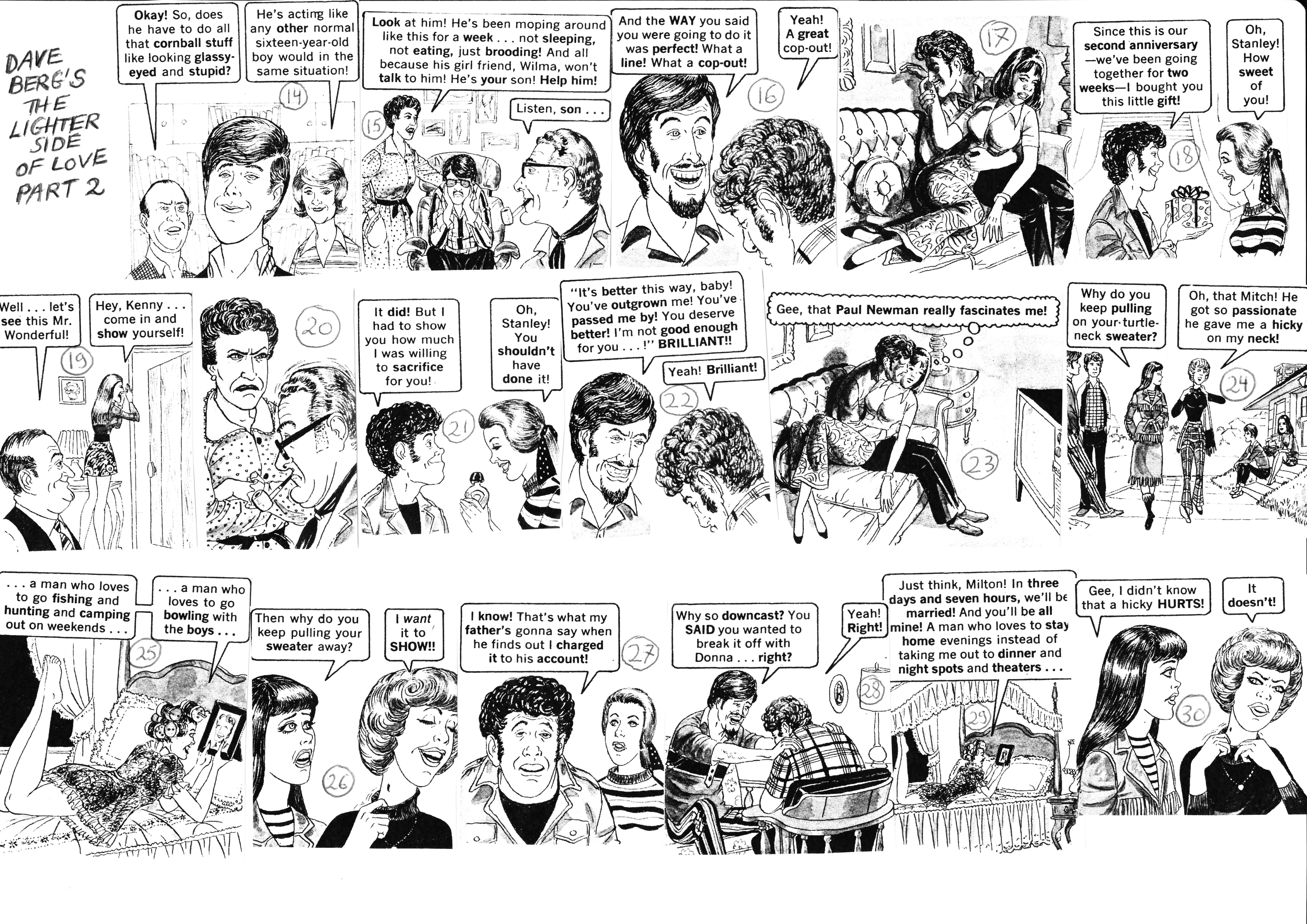
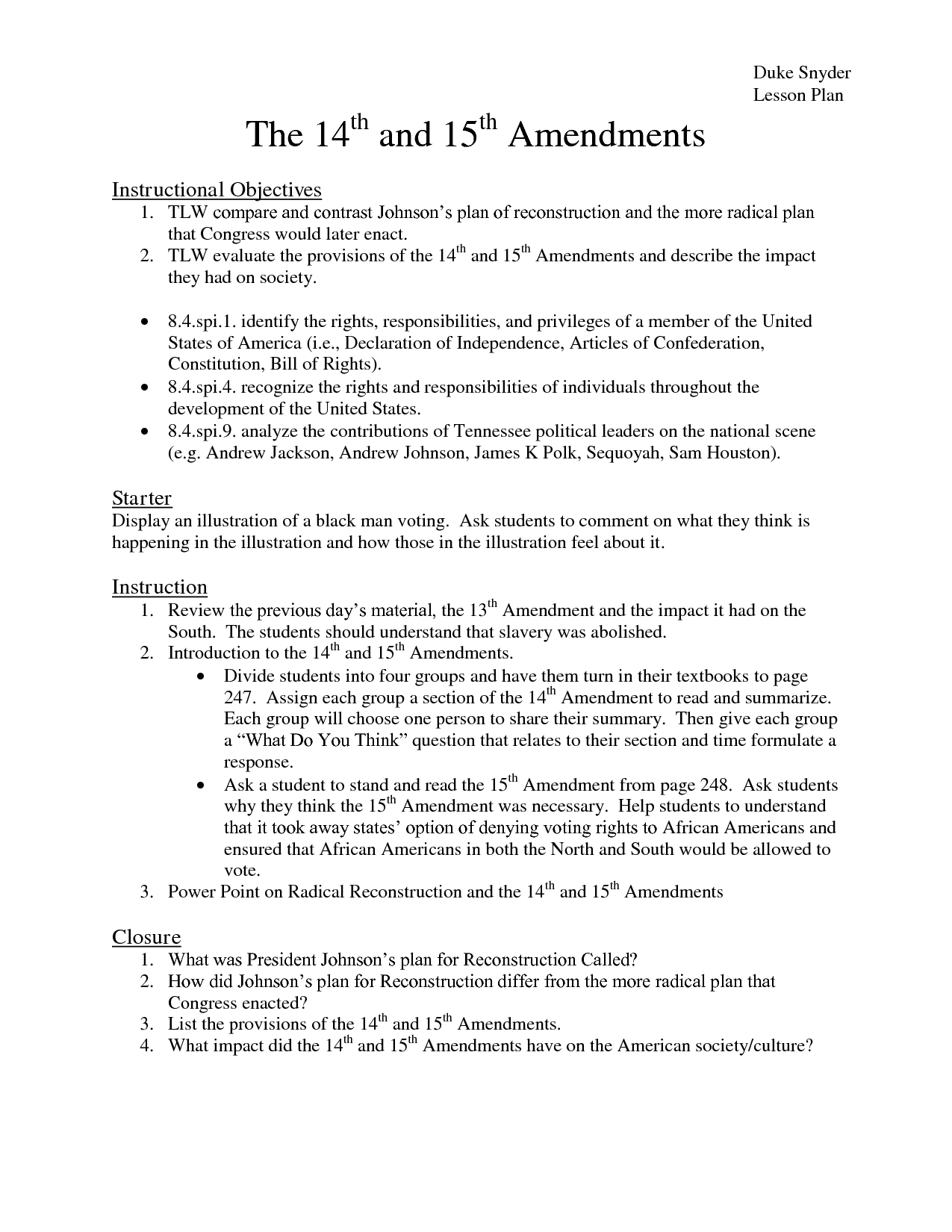
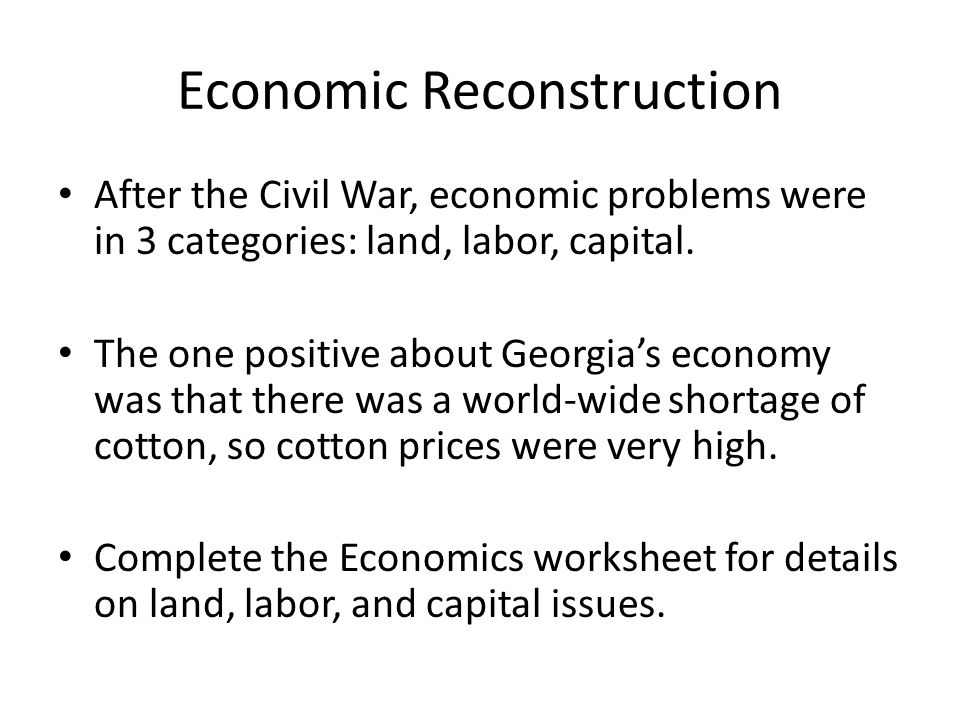
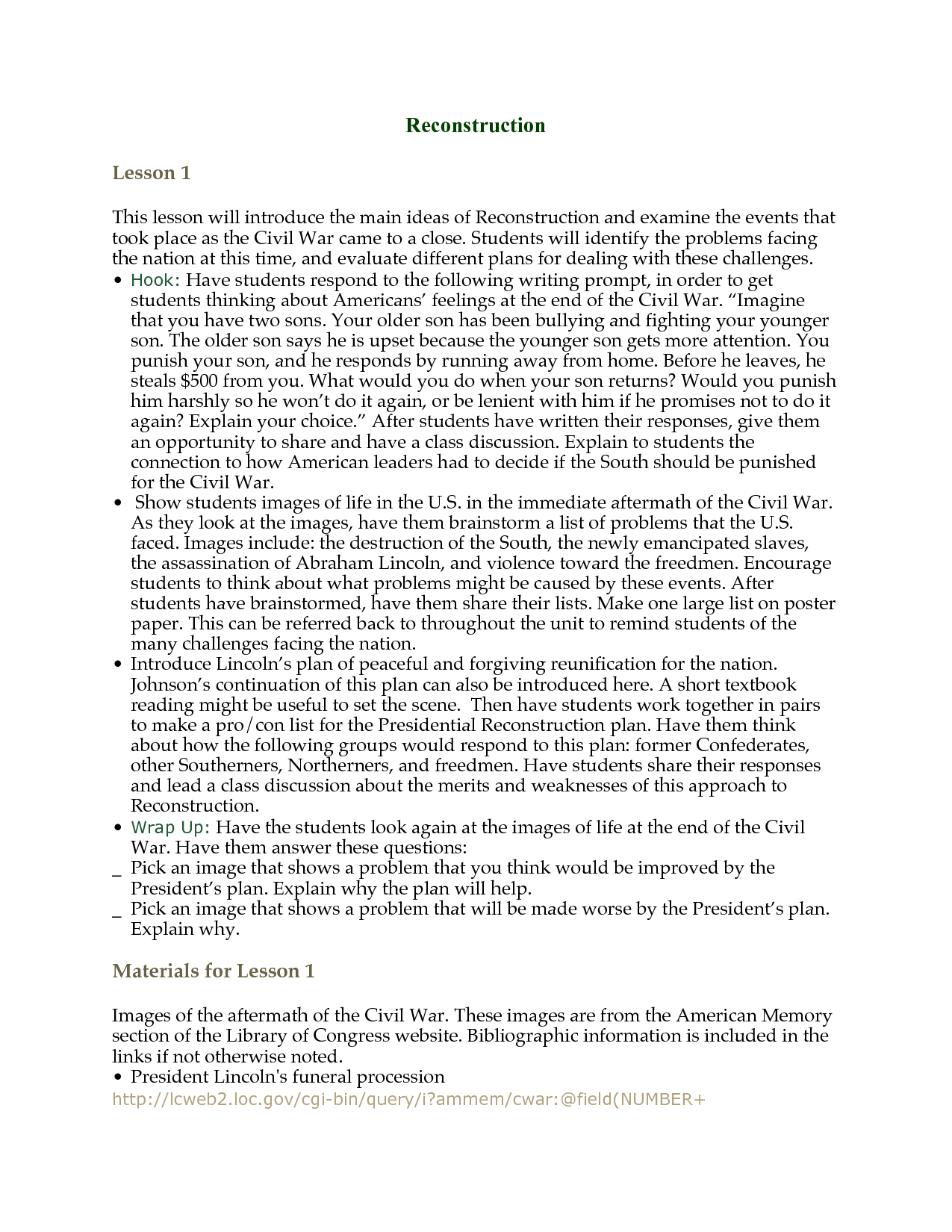
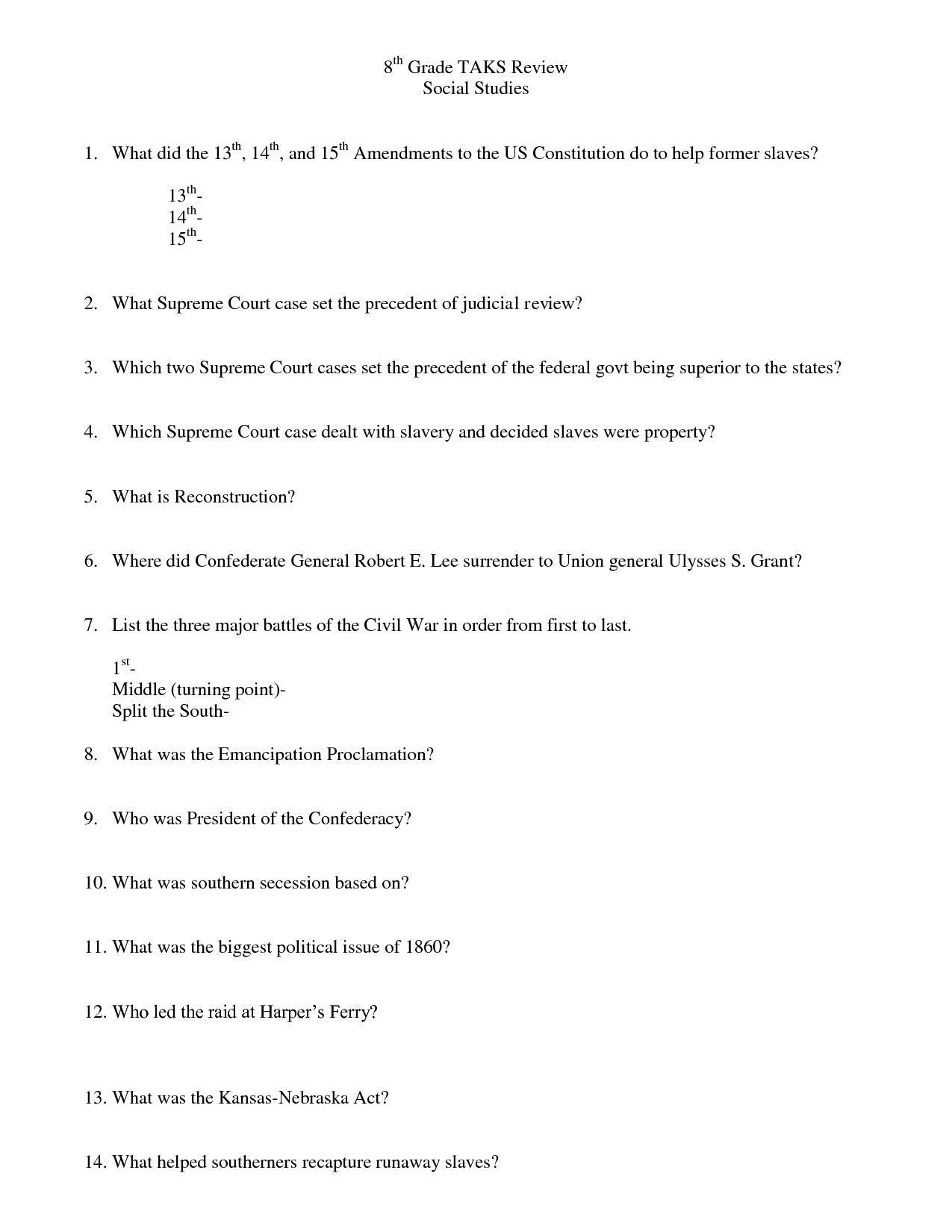
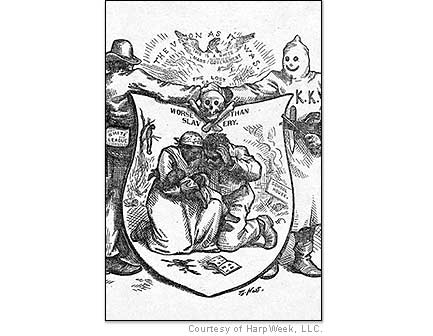


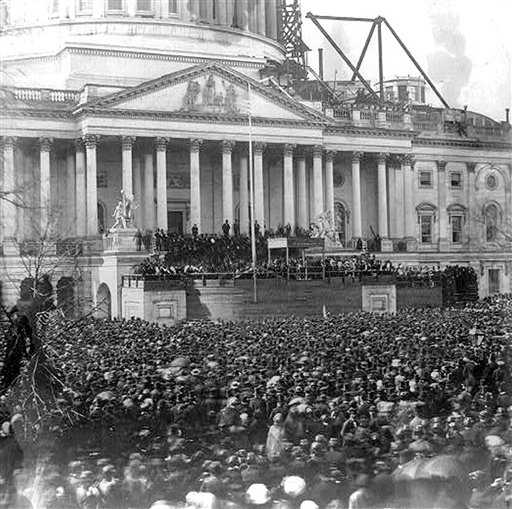















Comments